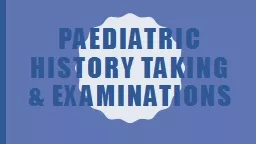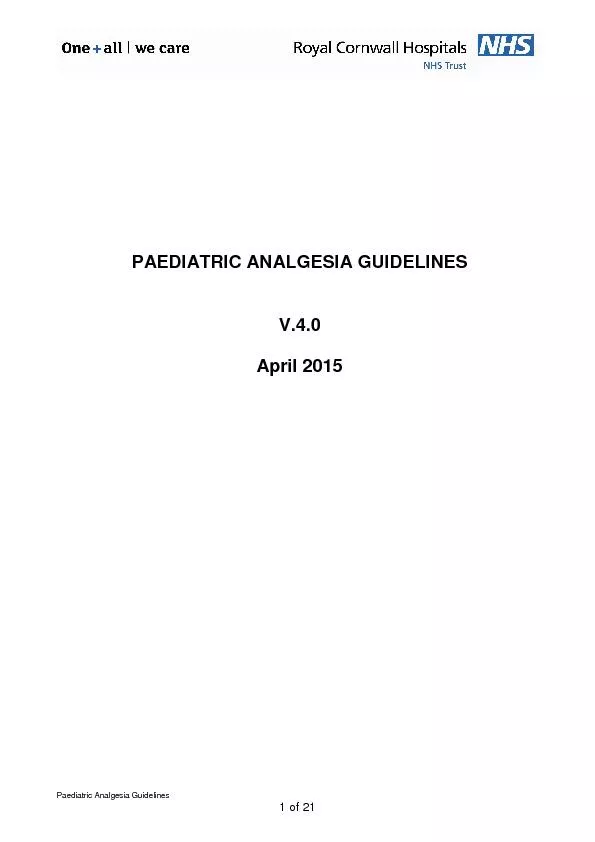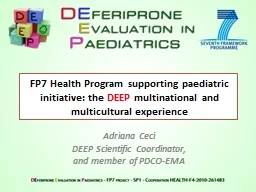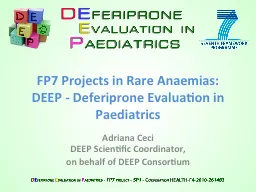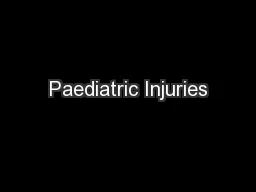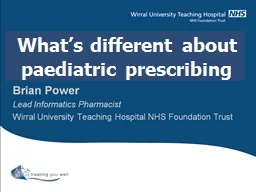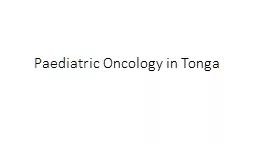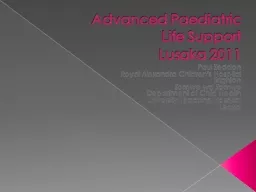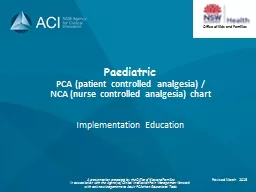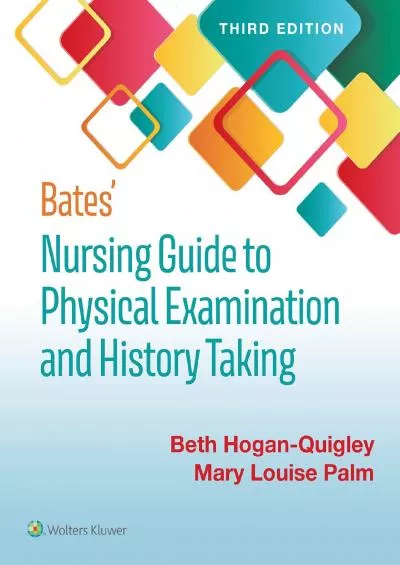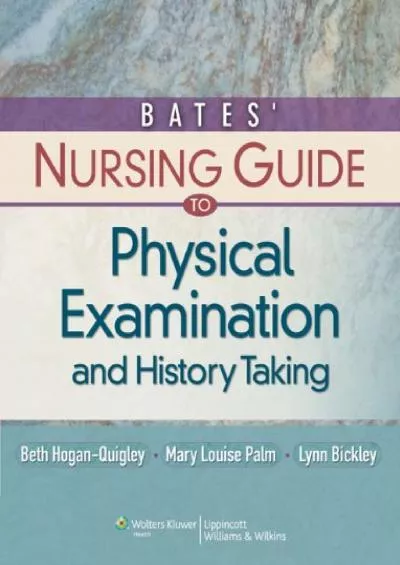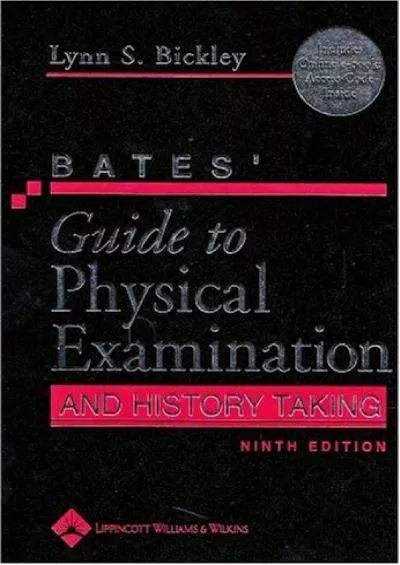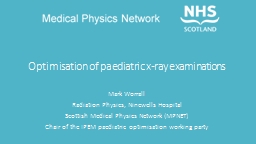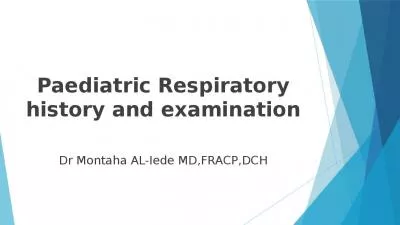PPT-Paediatric History Taking
Author : mastervisa | Published Date : 2020-06-16
amp Examinations Aims Top tips for paediatric histories Components of a paediatric history Common presenting complaints Red Flags Examining a child top tips OSCE
Presentation Embed Code
Download Presentation
Download Presentation The PPT/PDF document "Paediatric History Taking" is the property of its rightful owner. Permission is granted to download and print the materials on this website for personal, non-commercial use only, and to display it on your personal computer provided you do not modify the materials and that you retain all copyright notices contained in the materials. By downloading content from our website, you accept the terms of this agreement.
Paediatric History Taking: Transcript
Download Rules Of Document
"Paediatric History Taking"The content belongs to its owner. You may download and print it for personal use, without modification, and keep all copyright notices. By downloading, you agree to these terms.
Related Documents

